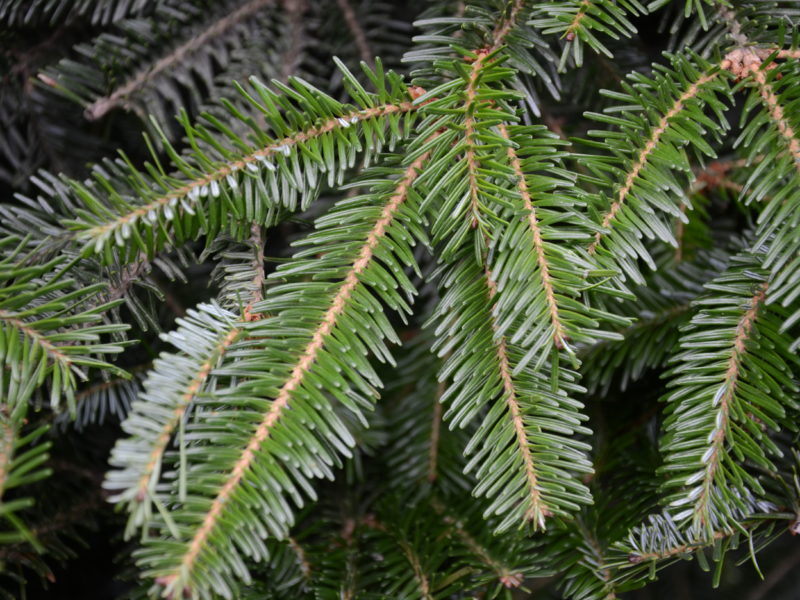

This year shopping for the annual Christmas tree will be a bit more expensive, and I’ll go out on a limb by saying you may find trees in short supply if you wait too long.
In recent years, the balled and burlapped trees have been augmented by potted trees. These may be easier to handle and smaller in stature, but they are still live trees and need some special care. First, they need water until and unless the soil freezes. Don’t bring them indoors too soon. Plan on having them inside for no more than three to, at most, five days.
Dig the hole where you want the tree planted as soon as you purchase it. If you wait, the soil may be frozen by the time the tree goes back outside. The hole should be slightly deeper and wider than the pot. Tease the roots a bit at planting. Pull them out as they have probably been growing in circles while in the pot. Even better, have some workable soil in the garage or someplace where it’s warm to use as backfill. Plant the tree at the same depth it was in the pot — never deeper. Sightly higher is safe.
Once the potted (they call them containerized) tree has been planted and as long as the soil isn’t frozen, it will still need water. Also remember to water in the spring and through the summer. No fertilizer. And once planted, a spray of an anti-desiccant may help the tree make it through the winter with some ease. Products like Wilt-Pruf and Wilt Stop are available in trigger and spray bottles, making the application pretty easy. Keep the stuff warm until use, or it will be difficult to get out of the bottle.
If you are buying a cut tree and if you don’t plan on bringing it inside right away, don’t have the bottom of the trunk cut. Just before you bring the tree in, cut 2 or more inches off the end of the trunk. This exposes cells that are still able to transport water up into the tree, keeping it fresh when indoors.
When you’ve chosen the right tree, mess with some branches and see if any needles drop off. You can also lift the tree and let the trunk fall and hit hard ground and pavement. In either case, dropping needles are a sign that the tree isn’t fresh and maybe you should shop elsewhere or look for a different variety.
I’ve always found the best trees at local garden centers and the worst at pop-up tree stands and the big box stores. You pay a premium at your local garden center, but the trees seem to be much better and the money stays local.
Always put your cut tree in a stand that has a water reservoir at the base. Keep the reservoir filled as long as the tree is in the house. This also keeps the tree fresh and reduces the risk of a tree fire. No, you cannot plant the cut tree after Christmas (yes, people ask) but it does make great compost and if the branches are cut they make a good winter mulch or mulch topping.
Have fun, be safe and say hi to Santa. He may have some garden gifts with your name on the tag. Keep growing.
 More Posts from Andrew Messinger
More Posts from Andrew Messinger